Home>Articles>Does The Toaster Use Electricity When Plugged In
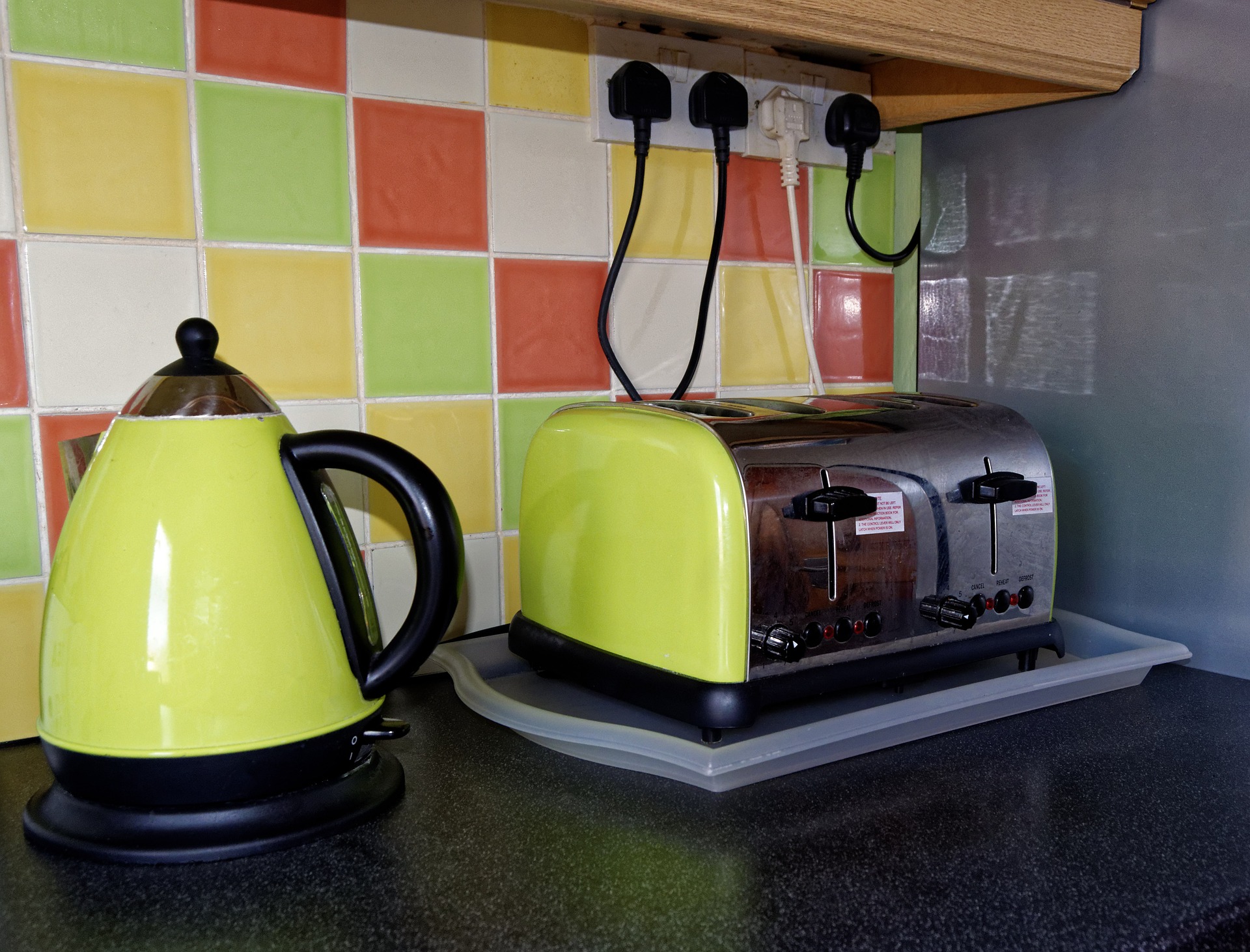

Articles
Does The Toaster Use Electricity When Plugged In
Modified: May 6, 2024
Find out all you need to know about toasters and their energy consumption. Read our informative articles to answer your burning questions!
(Many of the links in this article redirect to a specific reviewed product. Your purchase of these products through affiliate links helps to generate commission for Storables.com, at no extra cost. Learn more)
Introduction
A toaster is a commonly used kitchen appliance that helps us make our favorite toasted bread for breakfast or a quick snack. We often use it without giving much thought to how it actually works or the amount of electricity it consumes. Have you ever wondered if a toaster uses electricity when it is just plugged in, even when it’s not in use? In this article, we will delve into the inner workings of a toaster and explore whether or not it consumes electricity in standby mode.
Understanding how a toaster works is crucial to comprehending its power consumption. A toaster typically consists of heating elements that generate heat to toast the bread slices. These heating elements are made of metal wires that convert electrical energy into heat energy through a process called electrical resistance. When the toaster is turned on, an electric current flows through these heating elements, creating the desired amount of heat to toast the bread.
Now, let’s dive deeper into the question at hand – does a toaster consume electricity when it is simply plugged in, but not in use? The short answer is yes, but the amount is minimal. When a toaster is connected to a power source, it enters standby mode. In this mode, it consumes a small amount of electricity to power its internal components, such as the electronics that control the toasting process, the LED lights, and the buttons or knobs that initiate various functions.
However, it’s important to note that the standby power consumption of a toaster is relatively low compared to its power consumption during operation. The power usage while in standby mode is typically measured in milliwatts or a fraction of a watt. It may seem negligible, but if left plugged in for extended periods, the cumulative energy consumption can add up over time. This phenomenon is often referred to as “vampire power” or “phantom load.”
Key Takeaways:
- Standby power consumption of a toaster is real, but minimal. Unplugging when not in use and opting for energy-efficient models can help reduce unnecessary energy waste and lower electricity bills.
- Understanding the factors influencing standby power consumption and implementing simple habits can contribute to energy conservation efforts. By making informed choices, we can minimize the cumulative impact of standby power consumption.
Understanding how a toaster works
Before delving into the standby power consumption of a toaster, it’s important to have a basic understanding of how this kitchen appliance operates. A toaster consists of several key components that work together to produce deliciously toasted bread.
At its core, a toaster is equipped with one or more heating elements. These heating elements are typically made of nichrome wire, a high-resistance alloy that can withstand high temperatures. When an electric current passes through these wires, they heat up, thus generating the necessary heat for toasting the bread.
Inside the toaster, there is a chamber where the bread slices are placed. This chamber is equipped with a mechanism that holds the bread in place during the toasting process. When the toaster is turned on, the heating elements start to heat up, and the bread is placed inside the chamber. The heat radiated from the heating elements transfers to the bread slices, gradually turning them golden brown.
Modern toasters also come with a variety of features, such as browning settings, defrost functions, and cancel buttons. The browning settings allow you to adjust the heat intensity and determine how light or dark you’d like your toast to be. The defrost function comes in handy when toasting frozen bread, while the cancel button allows you to stop the toasting process at any time before it completes.
Additionally, many toasters are equipped with a timer that automatically pops up the toast when the desired level of toasting has been reached. This ensures that your toast doesn’t burn and adds an element of convenience to the toasting process.
Now that we have a basic understanding of how a toaster works, let’s explore the power consumption of a toaster when it is in standby mode.
Does a toaster consume electricity when plugged in?
Now that we know how a toaster operates, let’s address the question of whether or not a toaster consumes electricity when it is simply plugged in, but not actively toasting bread. The answer is yes, but the amount of electricity consumed in standby mode is minimal.
When a toaster is plugged into a power source, it enters standby mode. In this mode, the toaster draws a small amount of electricity to power its internal components. These components include the electronic circuits that control the toasting process, the LED lights that indicate the toaster’s status, and the buttons or knobs that activate various functions.
However, it’s important to note that the standby power consumption of a toaster is relatively low compared to its power consumption during active toasting. While in standby mode, a toaster typically uses power in the range of milliwatts or a fraction of a watt. This low power usage may seem negligible on its own, but if left plugged in for extended periods, the cumulative energy consumption can add up over time.
This phenomenon of standby power consumption is not unique to toasters. Many electronic devices, such as televisions, microwaves, and coffee makers, also consume a small amount of power even when they are not in use. This standby power, also known as “vampire power” or “phantom load,” can contribute to energy waste and unnecessarily inflate electricity bills.
To put things into perspective, let’s consider an example. Suppose your toaster consumes 0.5 watts of power in standby mode. If it remains plugged in for 24 hours a day, 365 days a year, it would consume approximately 4.38 kilowatt-hours (kWh) of electricity over the course of a year. While this may not be a significant amount on its own, when multiplied by the number of households and the variety of electronic devices in use, the cumulative energy consumption becomes noteworthy.
Now that we understand that a toaster does consume a small amount of electricity when plugged in, even in standby mode, let’s explore some factors that can affect its standby power consumption.
Standby power consumption of a toaster
The standby power consumption of a toaster, as mentioned earlier, refers to the amount of electricity it consumes when it is plugged in but not actively toasting bread. While the power usage in standby mode is relatively low, it’s essential to understand the factors that determine how much energy a toaster consumes during this state.
On average, a toaster consumes anywhere from 0.5 to 2 watts of power while in standby mode. This power consumption is relatively small compared to its active toasting mode, which can range from 800 to 1500 watts depending on the model and browning settings.
Several factors contribute to the standby power consumption of a toaster, including:
- Electronic components: The internal electronic circuits and control systems of the toaster require a small amount of power to maintain their functionality. These components ensure that the toaster is ready to operate when the user initiates the toasting process.
- LED lights and indicators: Many toasters feature LED lights that indicate the toasting progress or the selected browning setting. These lights, while providing convenience, also contribute to the standby power consumption of the toaster.
- Buttons and control mechanisms: The buttons or knobs used to select various functions and settings also use a minimal amount of power while the toaster is in standby mode.
It’s worth noting that the standby power consumption can vary among different toaster models. Manufacturers are increasingly focusing on energy efficiency and implementing measures to reduce standby power consumption in their appliances. So, when purchasing a toaster, it’s a good idea to consider models that have lower standby power ratings or even feature power-saving modes.
Now that we understand the factors affecting the standby power consumption of a toaster, let’s explore some ways to minimize this energy usage and reduce our overall environmental impact.
Yes, the toaster uses electricity when it is plugged in, even if it is not actively toasting bread. It is still drawing power to keep the heating elements warm and ready for use. Consider unplugging appliances when not in use to save energy.
Factors affecting standby power consumption
Several factors can influence the standby power consumption of a toaster. These factors determine how much energy the toaster consumes while it is plugged in but not in use. By understanding these factors, we can make informed decisions to minimize standby power consumption and reduce unnecessary energy waste.
1. Design and technology: The design and technology used in a toaster play a crucial role in its standby power consumption. Certain models are engineered with energy-saving features that minimize power usage during standby mode. Look for toasters with energy-efficient designs and technologies to mitigate standby power consumption.
2. LED lights and displays: Many toasters have LED lights or displays that indicate the toasting progress or selected browning settings. While these features add convenience, they also consume electricity. Choosing a toaster with energy-efficient LED lights or opting for models with minimal or no visual indicators can help reduce standby power consumption.
3. Control mechanisms: The buttons or knobs used to operate the toaster while it is in standby mode also contribute to power consumption. To minimize energy usage, consider selecting a toaster with simple and straightforward control mechanisms that do not consume excessive power.
4. Power-saving modes: Some advanced toasters come equipped with power-saving modes. These modes are specifically designed to reduce standby power consumption by automatically reducing the power usage of the toaster’s internal components when it’s not actively toasting bread. Opting for a toaster with power-saving modes can significantly minimize energy waste.
5. User habits: Our own usage patterns and habits can impact the standby power consumption of a toaster. For instance, if we often leave the toaster plugged in for extended periods without using it, the cumulative energy consumption can increase over time. Being mindful of unplugging the toaster when not in use can help reduce the standby power consumption.
By considering these factors and making conscious choices, we can effectively minimize the standby power consumption of a toaster and contribute to energy conservation efforts.
Now that we understand the factors affecting standby power consumption, let’s explore some practical ways to reduce the standby power consumption of a toaster.
Read more: What Toaster Does Subway Use
Reducing standby power consumption of a toaster
To minimize the standby power consumption of a toaster and reduce unnecessary energy waste, there are several practical steps you can take:
1. Unplug the toaster: The most effective way to eliminate standby power consumption is to unplug the toaster when it is not in use. Get into the habit of unplugging the toaster after each use, especially if you don’t plan on using it for an extended period. This simple action can significantly reduce standby power consumption.
2. Invest in an energy-efficient toaster: When purchasing a new toaster, look for models that are designed to be energy-efficient. Check for energy-saving certifications, such as Energy Star, and read product specifications that outline the standby power consumption. Choosing an energy-efficient toaster can help minimize power usage during standby mode.
3. Utilize power-saving modes: Some toasters come equipped with power-saving modes that reduce standby power consumption. Take advantage of these modes and ensure they are activated when the toaster is not actively toasting. Power-saving modes automatically adjust the power consumption of the toaster’s internal components, saving energy without compromising performance.
4. Avoid excessive use of LED lights: If your toaster has LED lights or displays, be mindful of how often they are illuminated. If possible, dim the lights or disable unnecessary indicators to reduce power consumption. While LED lights may seem insignificant, collective power usage of various appliances can add up over time.
5. Consider timer functions: Many toasters have built-in timer functions that automatically turn off the power after a specified duration. Utilizing this feature can prevent the toaster from remaining in standby mode indefinitely and reduce energy waste.
6. Educate family members or coworkers: If you share the toaster with others, educate them about the importance of reducing standby power consumption. Encourage everyone to unplug the toaster when not in use to collectively save energy and reduce electricity bills.
By implementing these simple tips, you can actively contribute to reducing the standby power consumption of your toaster and promote energy conservation in your daily routine.
Now, let’s wrap up and summarize the key points discussed in this article.
Conclusion
In conclusion, a toaster does consume a small amount of electricity when it is plugged in but not actively toasting bread. This standby power consumption is necessary to power the internal components, such as electronic circuits, LED lights, and control mechanisms. However, the power usage in standby mode is relatively low, typically ranging from 0.5 to 2 watts, which is minimal compared to the power consumption during active toasting.
Factors such as the design and technology of the toaster, the presence of LED lights and displays, and the control mechanisms can influence the standby power consumption. Opting for energy-efficient toasters, utilizing power-saving modes, and being mindful of unplugging the toaster when not in use can help reduce standby power consumption and contribute to energy conservation efforts.
It’s important to be aware of the cumulative impact of standby power consumption not only for toasters but also for other electronic devices in our homes. By adopting energy-conscious habits and making informed choices, we can effectively minimize standby power consumption, reduce unnecessary energy waste, and lower our electricity bills.
So, the next time you enjoy a perfectly toasted slice of bread, remember to unplug your toaster when you’re done using it. By taking this small action, you’ll not only reduce standby power consumption but also make a positive contribution towards a more sustainable future.
Now that you have a better understanding of the standby power consumption of a toaster, feel free to apply these insights in your everyday life and encourage others to do the same. Together, we can make a difference in conserving energy and protecting the environment.
Curious about upgrading your kitchen appliances? Our next read showcases some of the most impressive electric toasters set to hit the market in 2024. These aren't just any toasters; they're designed to transform your morning routine with innovative features that cater to every preference. Whether you're a fan of perfectly browned bread or quick, energy-efficient appliances, there's something for everyone in our detailed look at the future of breakfast technology.
Frequently Asked Questions about Does The Toaster Use Electricity When Plugged In
Was this page helpful?
At Storables.com, we guarantee accurate and reliable information. Our content, validated by Expert Board Contributors, is crafted following stringent Editorial Policies. We're committed to providing you with well-researched, expert-backed insights for all your informational needs.
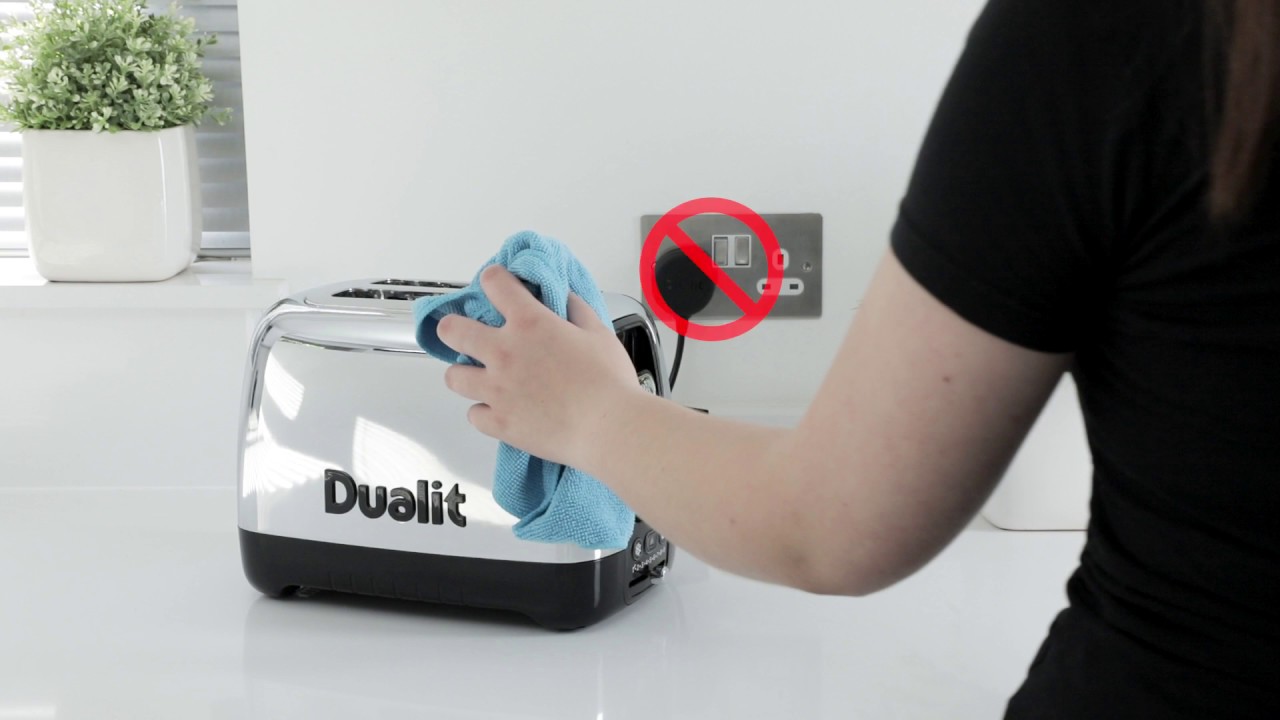
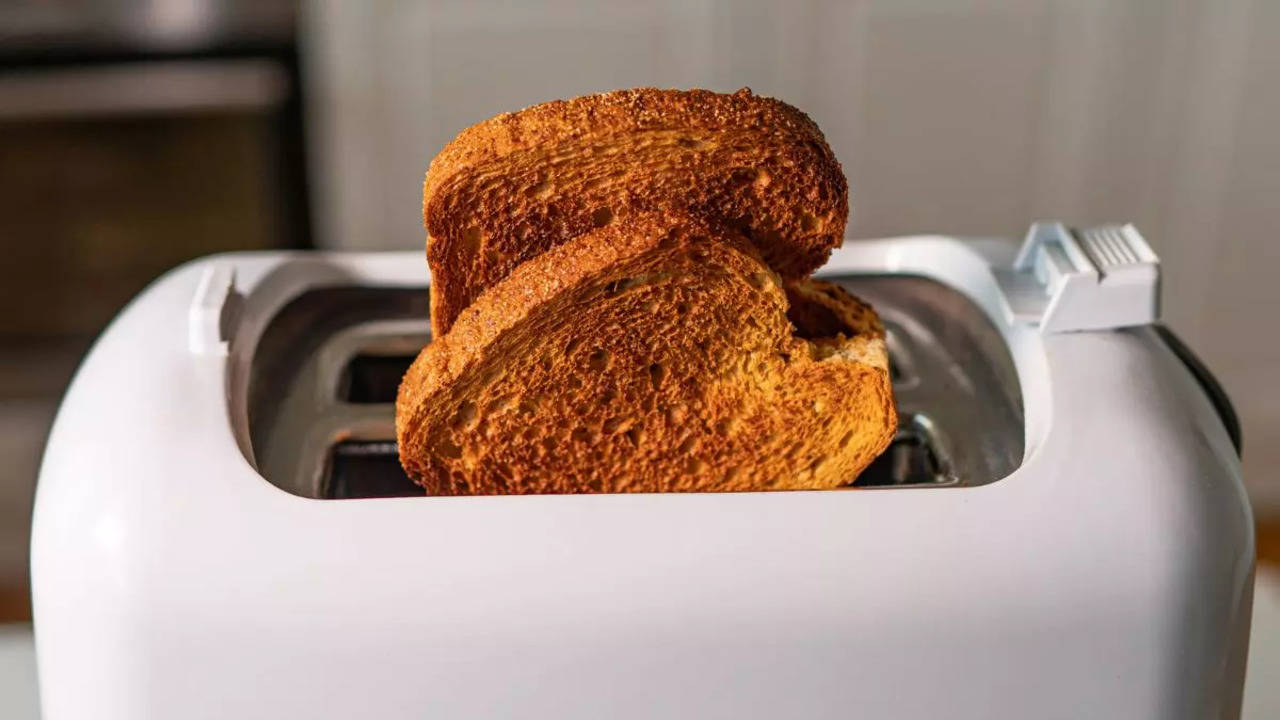
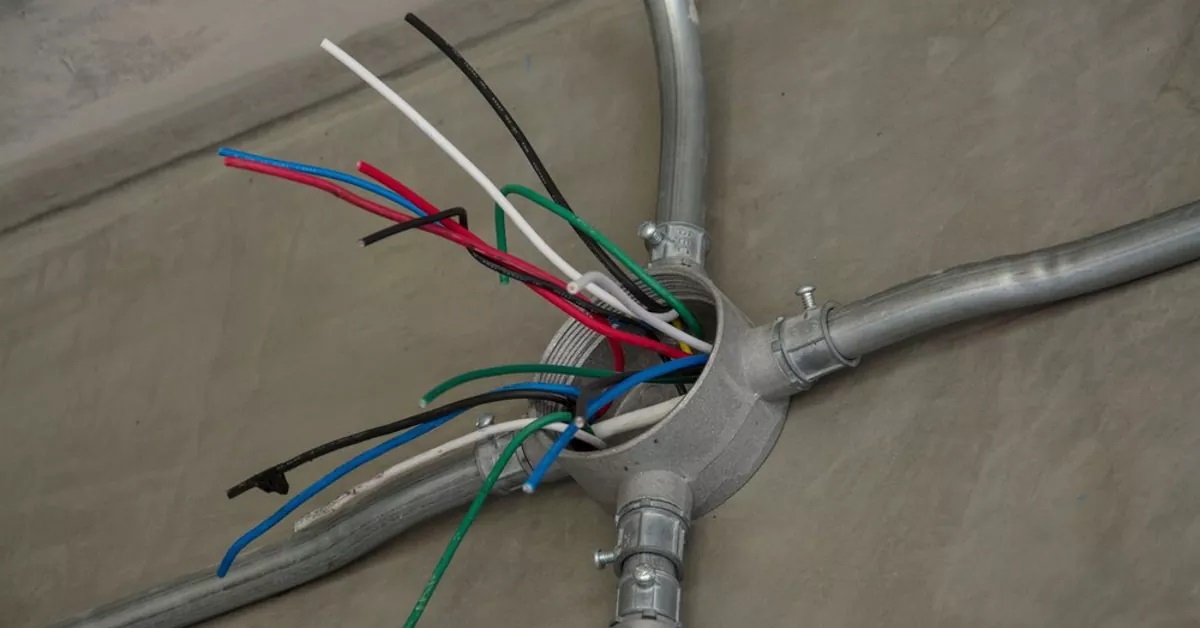
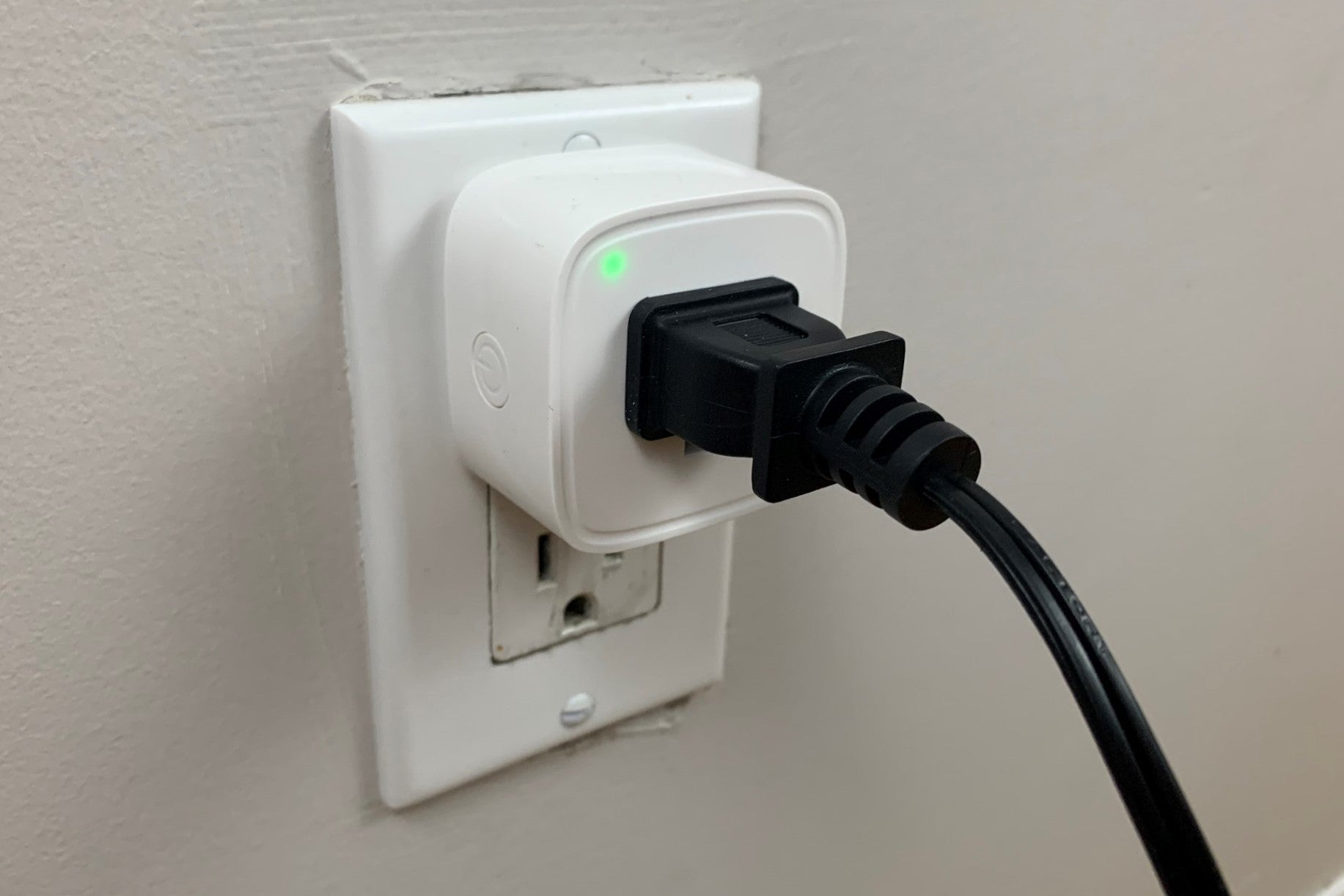
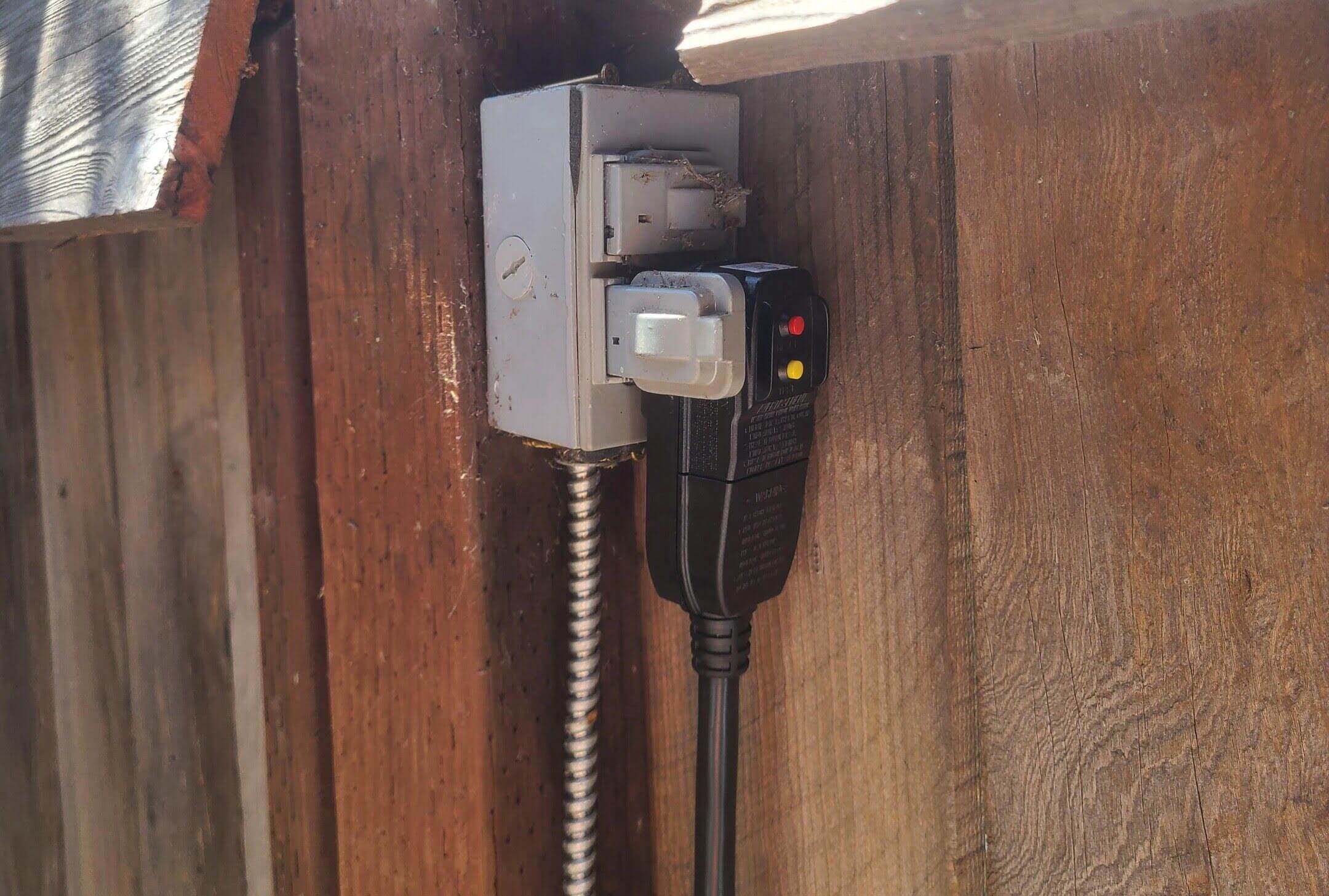
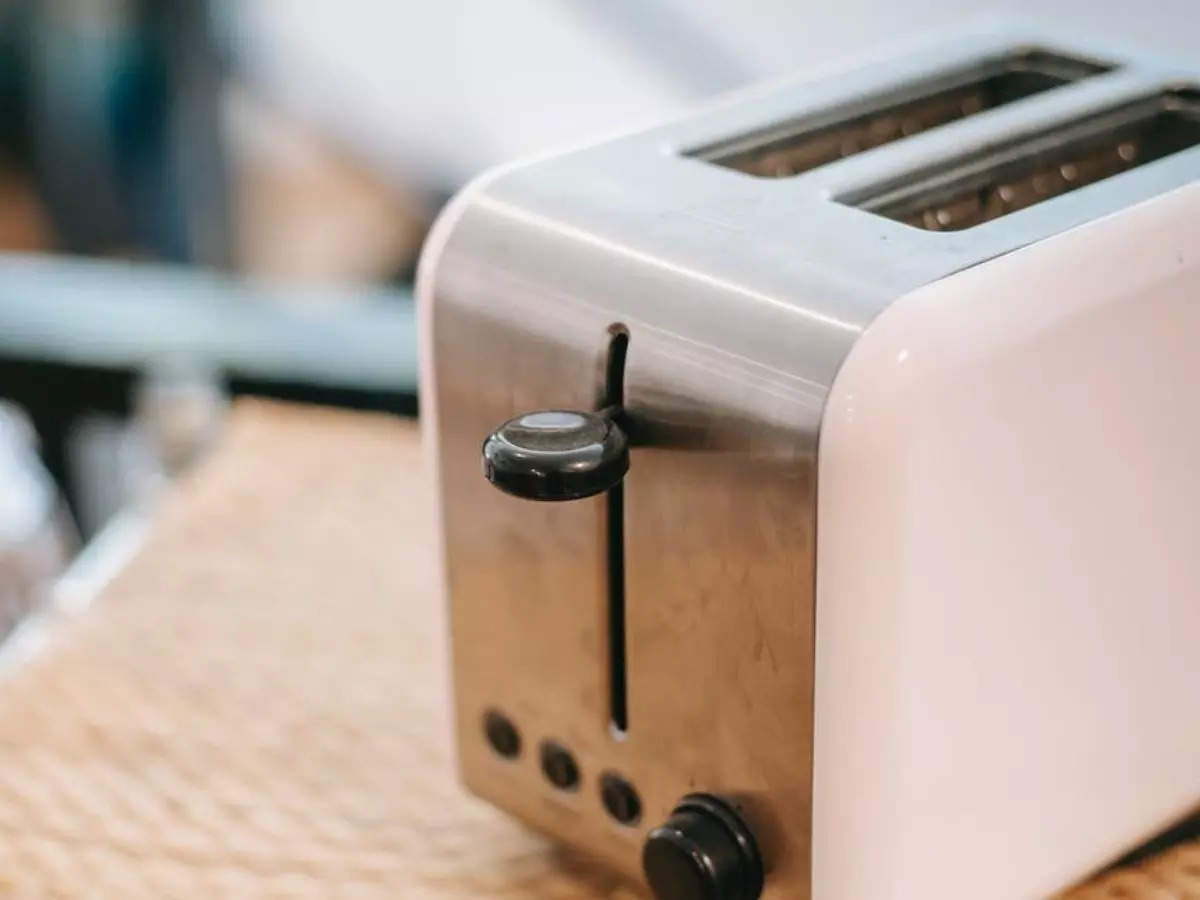

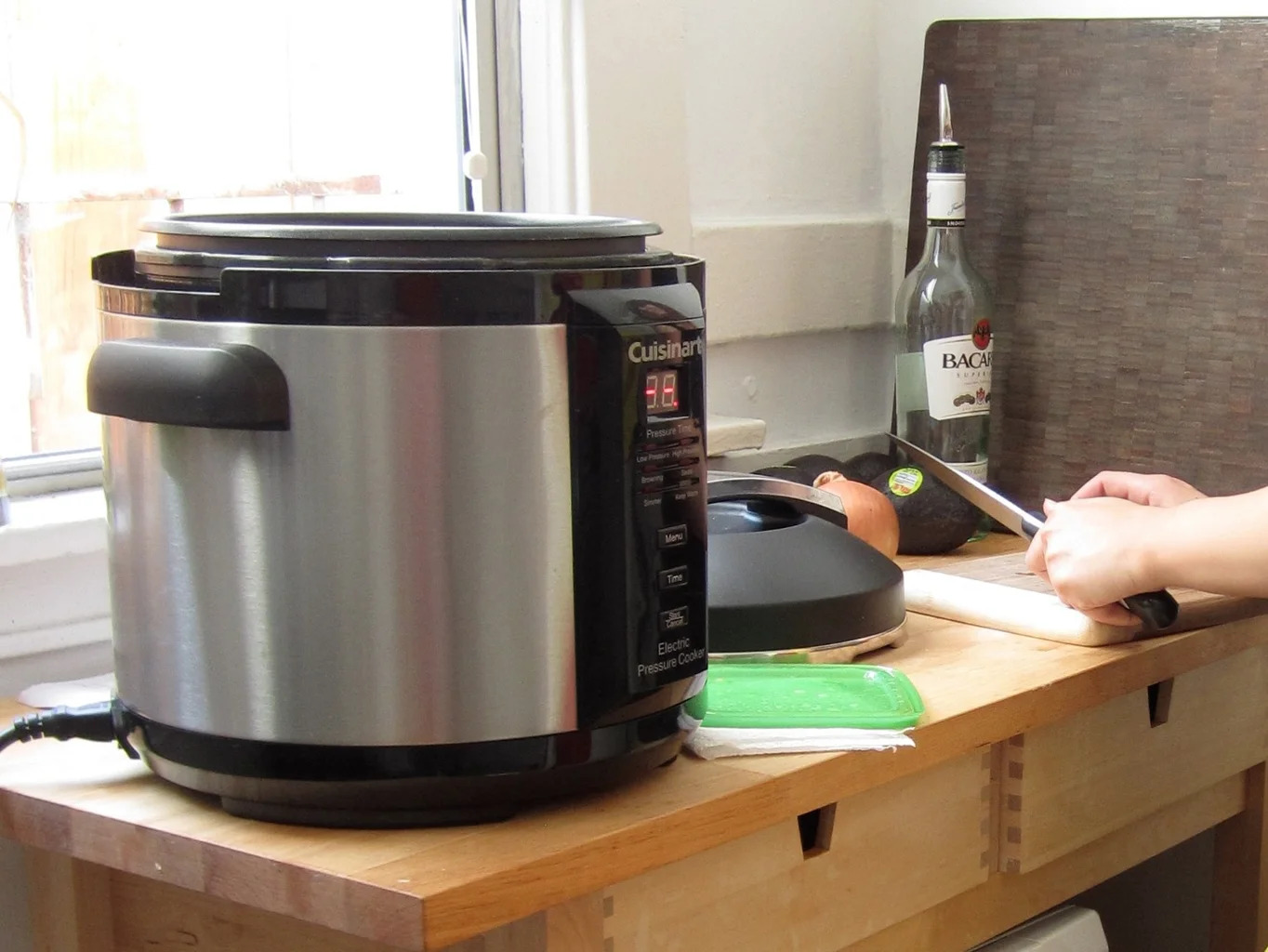
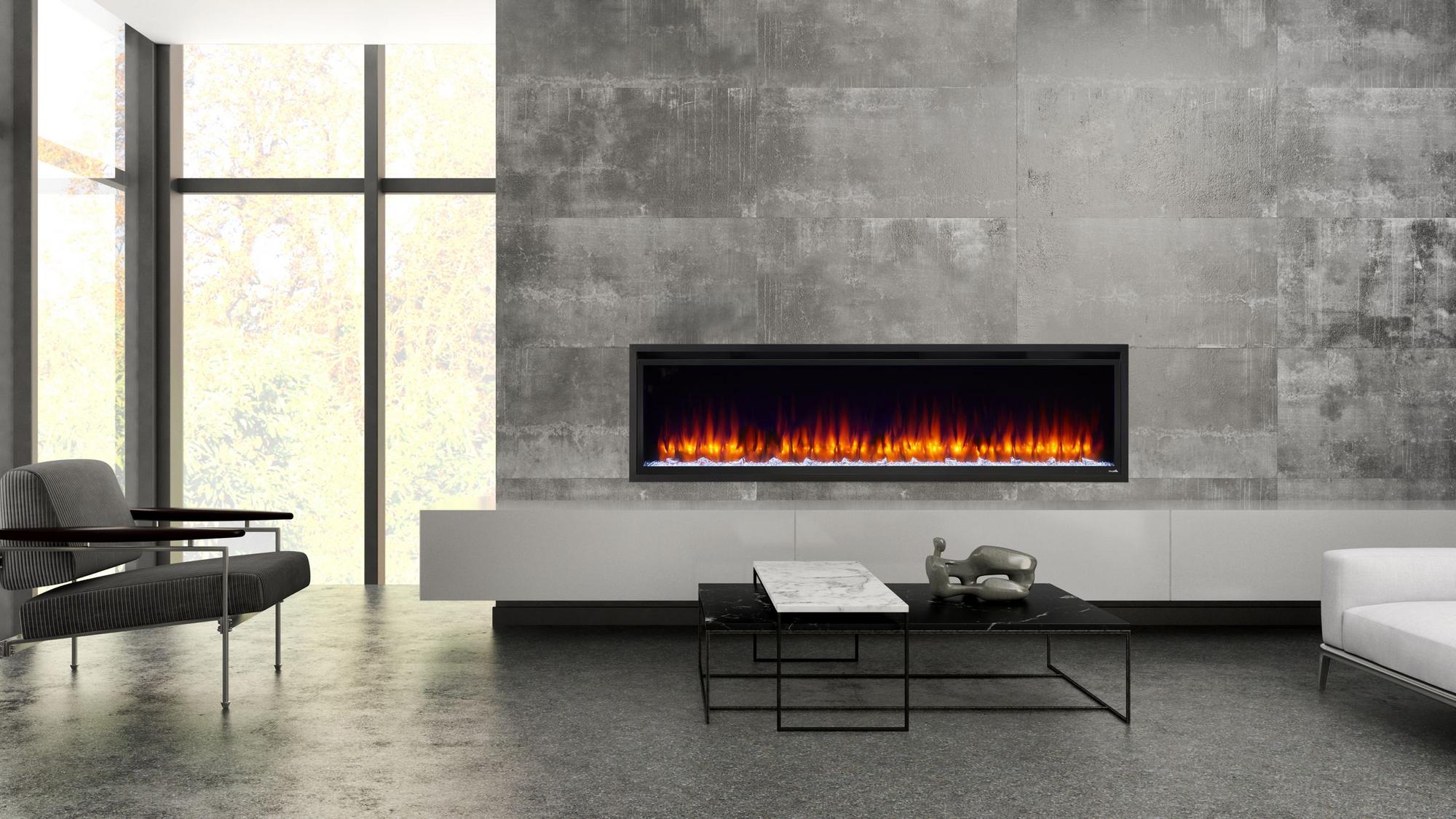
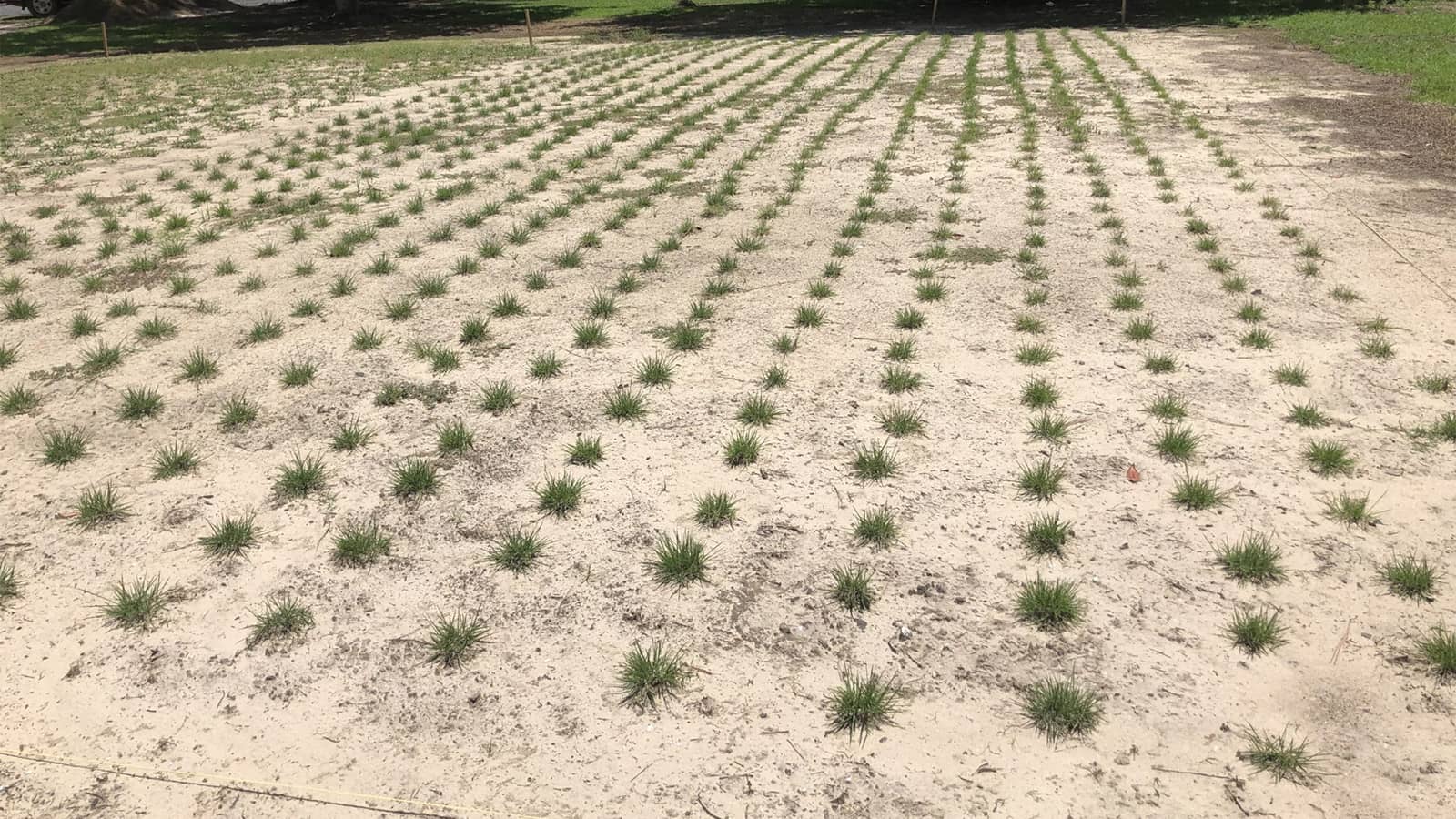
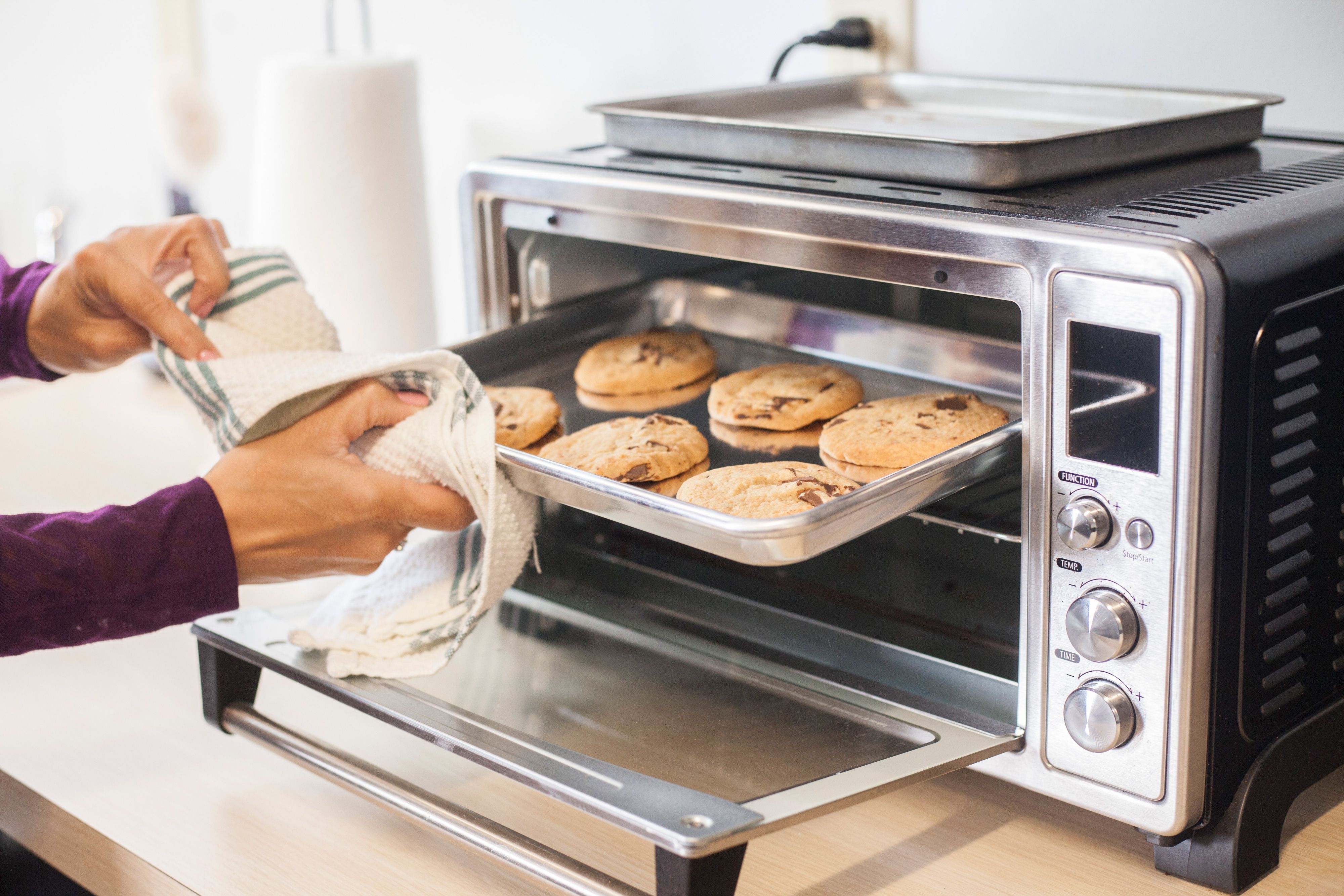

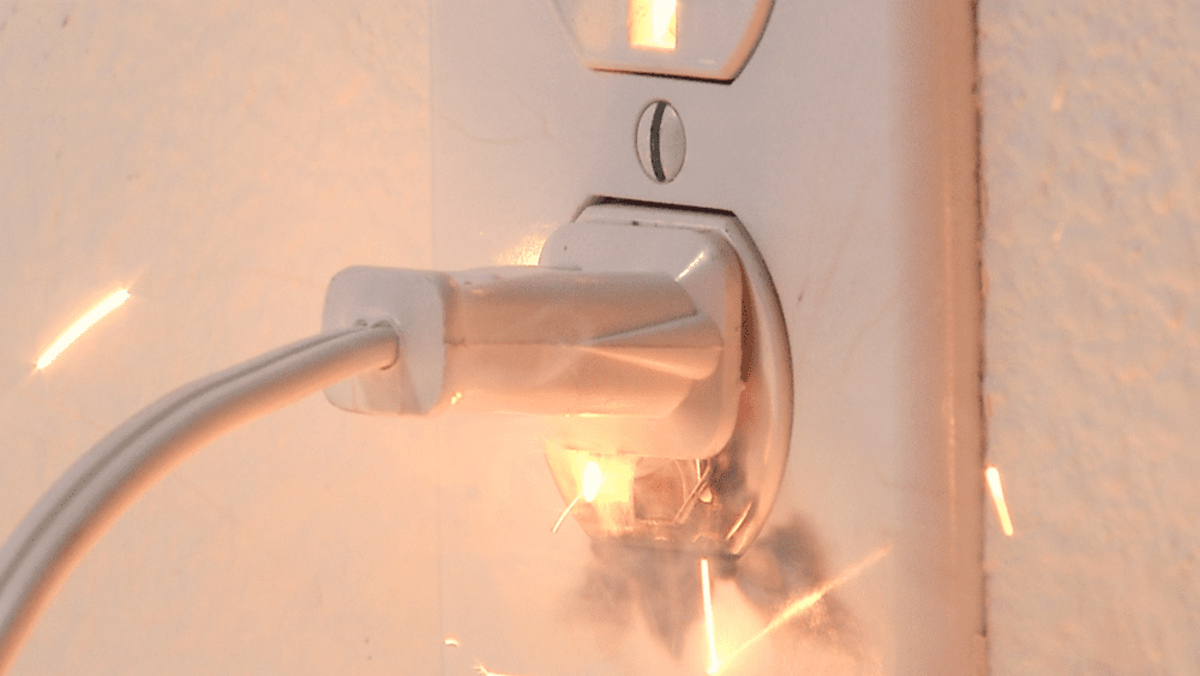
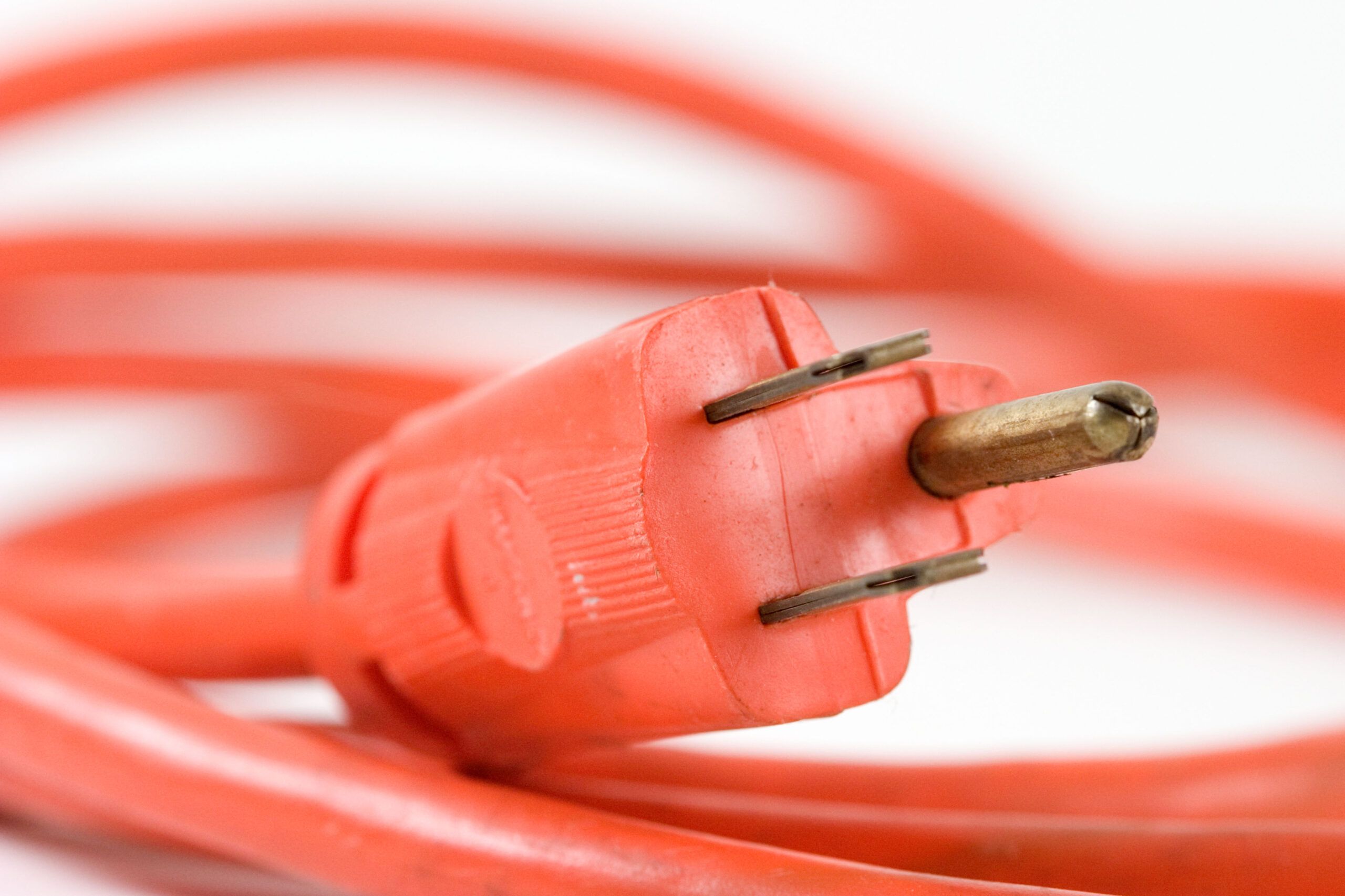

0 thoughts on “Does The Toaster Use Electricity When Plugged In”